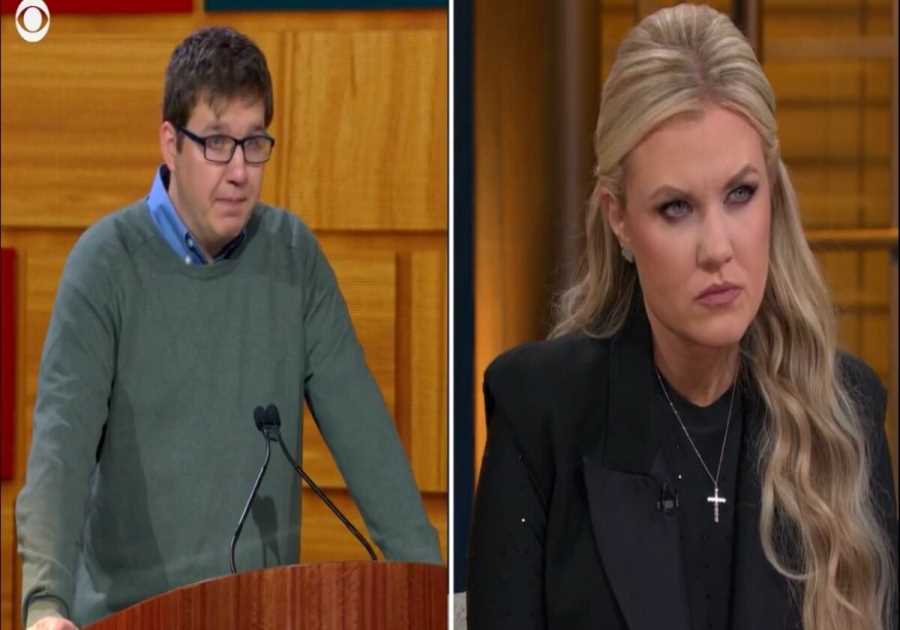When buying homeowners insurance, property owners must decide on their policy limits. In most cases, it makes sense to buy a policy that provides coverage for the full replacement value of the house. That’s what it would cost to rebuild.
Sometimes, homeowners don’t do that, though. They may choose a policy with a lower limit. The theory behind doing that is that most repairs won’t actually cost the full replacement cost of the house. And premiums are cheaper, so that’s less money coming out of a checking account each month.
But what happens when property owners do this? If something goes wrong and their home needs repair, will this cause any problems?
Homeowners need to know about the 80% rule
While skimping on insurance may seem like a great way to save on premiums, the reality is that home insurers are wise to this trick and they have a special rule that is designed to prevent exactly this type of behavior. It’s called the 80% rule.
Basically, this rule says that the home must be insured for at least 80% of the replacement cost of the property. So if the house would cost $400,000 to replace, homeowners need to make sure that their policy limits are set at $320,000.
If a property owner does not do this, then the insurance company will only pay a percentage of damages equal to the percentage of the home’s value that’s insured. Say for example that a property owner with a $400,000 house insured the property for $200,000 or 50% of the home’s value. The insurer would then pay just 50% of a covered loss — even if the loss was for an amount below the $200,000 limit.
So, let’s assume a property sustained $75,000 in damages in a fire. The insurer would pay 50% of that amount, or $37,500, even though the $75,000 is below the $200,000 limit.
Don’t skimp on insurance coverage
For property owners, it makes little sense to try to save money by skimping on insurance coverage. That’s because the risk that comes with not being properly insured is far too great.
The reality is, homeowners insurance provides vital protection for assets. Property owners need to make sure they have not only a sufficient amount of dwelling coverage (to pay to repair or rebuild the property), but also enough:
- Liability coverage to protect their assets in case they are sued when someone gets hurt at their home.
- Personal property coverage, which pays for their personal items in the home that are damaged or destroyed by a covered loss.
Buying comprehensive homeowners insurance means that when a disaster strikes, the insurer will be there to save the day. Since a home is most people’s most valuable possession — and also the place where they keep just about everything they own — having it properly insured is a key part of avoiding a devastating money disaster.
This article was written by Christy Bieber from The Motley Fool and was legally licensed through the DiveMarketplace by Industry Dive. Please direct all licensing questions to [email protected].

Read More
By: newscred_admin
Title: What Happens if You Don’t Insure Your Home for the Full Value?
Sourced From: www.pncrealestatenewsfeed.com/what-happens-if-you-dont-insure-your-home-for-the-full-value/
Published Date: Thu, 07 Dec 2023 12:00:43 +0000
Did you miss our previous article...
https://trendinginbusiness.business/real-estate/you-can-build-these-prefab-adus-yourself-which-start-at-100-per-square-foot
.png)





